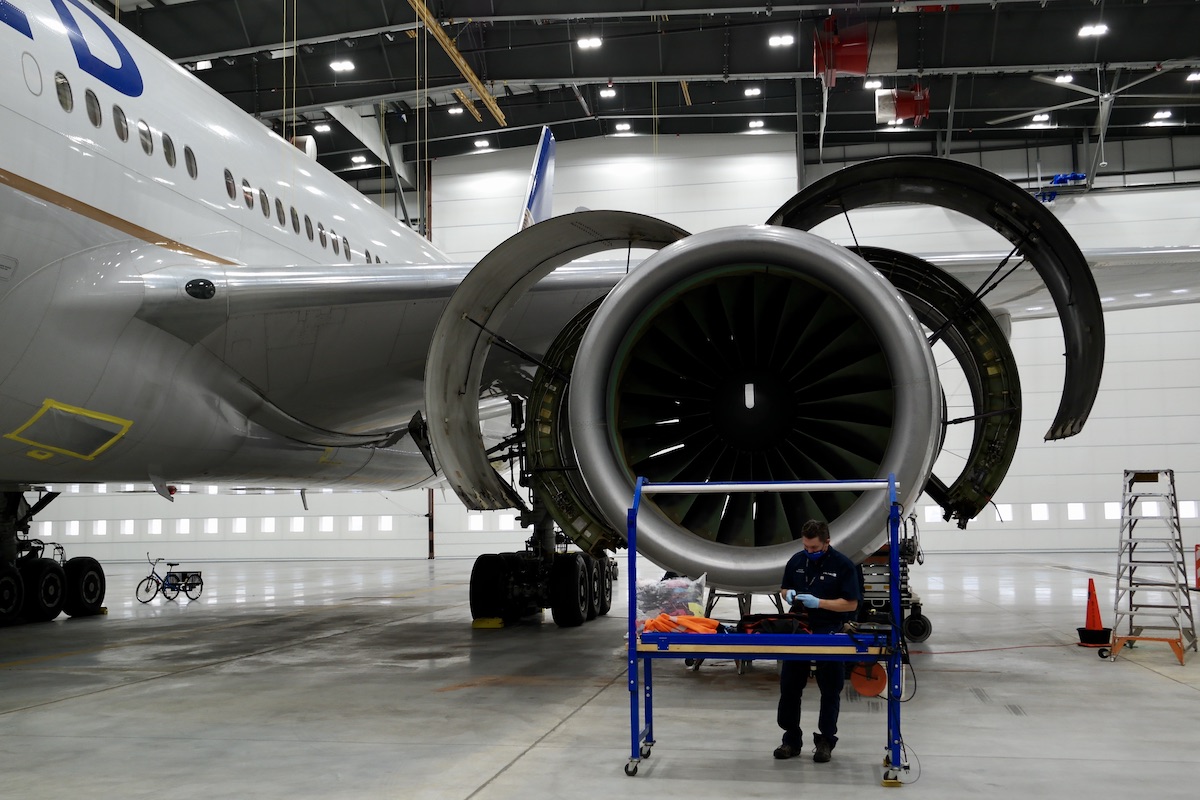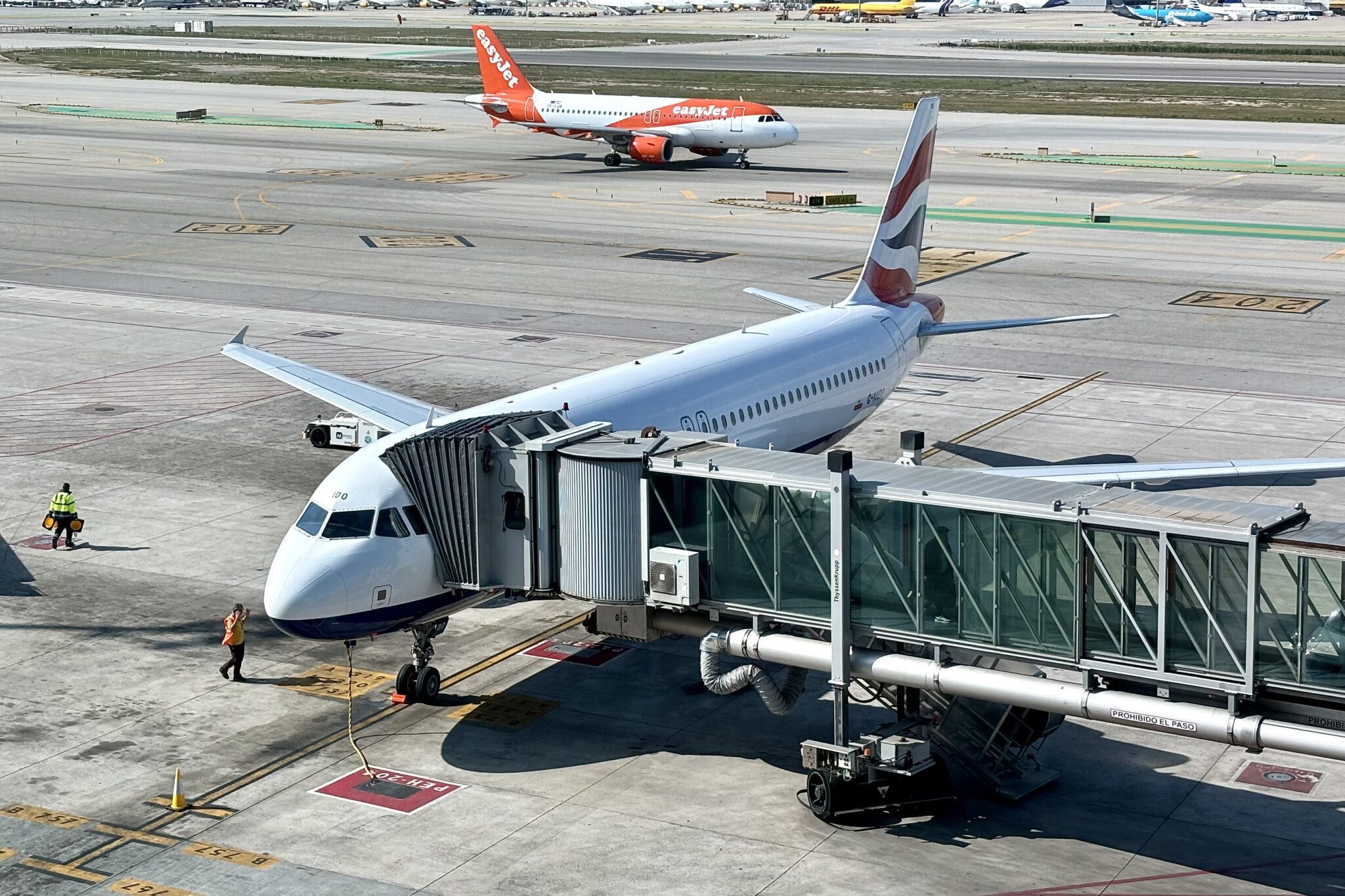The U.S. Federal Aviation Administration (FAA) is recommending fixes to Pratt & Whitney PW4000 series engines that could see Boeing 777-200s and -300s powered by the jets return to service early next year. The aircraft have been grounded since earlier this year, after a United Airlines 777 suffered an uncontained engine fire and lost part of its engine cowling over Denver in February.
In a series of Notices of Proposed Rulemaking (NPRM), the FAA recommended enhanced thermal acoustic image inspections of low-pressure compressor blades in the first stage of the PW4000s. In addition, the regulator recommended adding debris shields to thrust reverser inner walls, among other inspections and fixes. Blades found to be damaged or suffering metal fatigue should be immediately removed and replaced, the NPRMs said.
The FAA estimates the repairs will cost 777 operators up to $23 million to complete.
There have been three documented incidents involving PW4000 engines on 777s since 2018. In each case, a cracked engine fan blade separated from the fan and caused major damage to the engine, hydraulic lines, and control surfaces. In all the incidents, however, the engine’s containment rings caught the blade. The first incident occurred in early 2018 on a United 777-200 on descent into Hawaii. The second, in December 2020, involved a Japan Airlines (JAL) flight shortly after takeoff from Okinawa. And the most recent incident, which resulted in the grounding, happened in February, with the United flight departing Denver. No passengers were injured in any of the incidents, although horrifying social media footage played out on television for weeks after each.
The FAA warned, though, that without the new inspection regimen, the results could be dire. The next failure “could lead to engine in-flight shutdown, impact damage to the empennage, with significantly increased aerodynamic drag causing fuel exhaustion or the inability to maintain altitude during operations under extended-range twin-engine operational performance standards (ETOPS) missions, and uncontrolled engine fire, which could result in loss of control of the airplane, a forced off-airport landing, and injury to passengers,” the agency said.
Of the roughly 1,500 777s Boeing has produced, fewer than 150 were equipped with the PW4000. After the United incident in February, JAL permanently grounded its fleet of 13 777s with the engines, bringing forward their planned retirement by a year. United has 52 of the aircraft. The FAA said a total of 54 are registered in the U.S.
“The proposed airworthiness directives are a good outcome for our industry and United customers,” a United spokesperson said. “We worked closely with the FAA, Boeing and Pratt & Whitney throughout the year to ensure a thorough review process and many of the affected engines have already undergone these proposed inspections.”
United expects the aircraft to return to service early next year, she added. This is good news for the carrier, which has included the 52 jets — many of which are configured in higher-density layouts for domestic and Hawaii routes — in its summer 2022 schedule. In October, United outlined plans to recover 2019 domestic capacity levels by summer, and fly 10 percent more capacity than three years ago internationally.
The airline has already begun work on the repairs. In an unusual move, the carrier began working with the airframer and Pratt & Whitney on anticipated fixes before the FAA weighed in on the matter. “We need to work ahead of the regulatory action in order to be able to return a large number of the aircraft back to the operation as quickly as we can,” Bryan Quigley, United senior vice president for flight operations, said in October.





